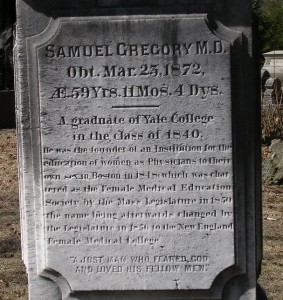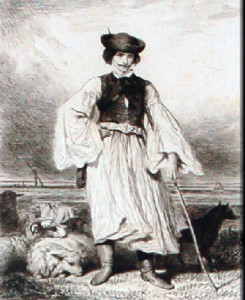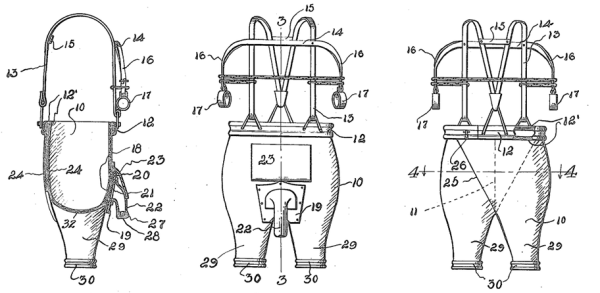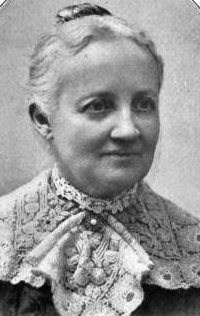
Samuel Gregory (1813-1872) was an American physician who specialised in several areas, including obstetrics and women’s health. Born and raised in Vermont, Gregory obtained a medical degree at Yale, graduating in 1840. Eight years later he founded the New England Female Medical College, the first medical school for women in the United States, if not the world.
Despite these achievements, Gregory was no champion of gender equality or women’s rights. In short, he was a prude who considered it highly inappropriate for male doctors to be at the pointy end during childbirth. The business of delivering children and inspecting lady parts, Gregory argued, should be left to suitably trained women.
Like other wowsers of his day, Gregory was also obsessed with sex and masturbation. In 1857, he published a short but pointed diatribe titled Facts and Important Information for Young Women on the Self Indulgence of the Sexual Appetite. Gregory’s tract drew heavily on other anti-masturbation hysterics like Tissot.
Certain behaviours in young girls also needed curtailing:
“Young persons should not be permitted to lie on [feather down] beds, nor to sit on soft chairs, to which rush or wooden-bottomed ones are greatly preferable. Neither should they be allowed to remain in bed longer than requisite, or to lie down needlessly on couches.”
Doctor Gregory also blamed literature and the creative arts, which had the capacity to stimulate unhealthy desires in young women:
“All books depicting exaggerated sentiments must be withheld… Even the study of the fine arts may render the imagination too active… Music, being the language of passion, is the most dangerous, especially music of the more impassioned and voluptuous nature… Fashionable music, especially the verses set to it, being mostly love sick songs, [are] all directly calculated to awaken these feelings.”
Source: Dr Samuel Gregory, Facts and Important Information for Young Women on the Self Indulgence of the Sexual Appetite, Boston: 1857. Content on this page is © Alpha History 2019-23. Content may not be republished without our express permission. For more information please refer to our Terms of Use or contact Alpha History.




